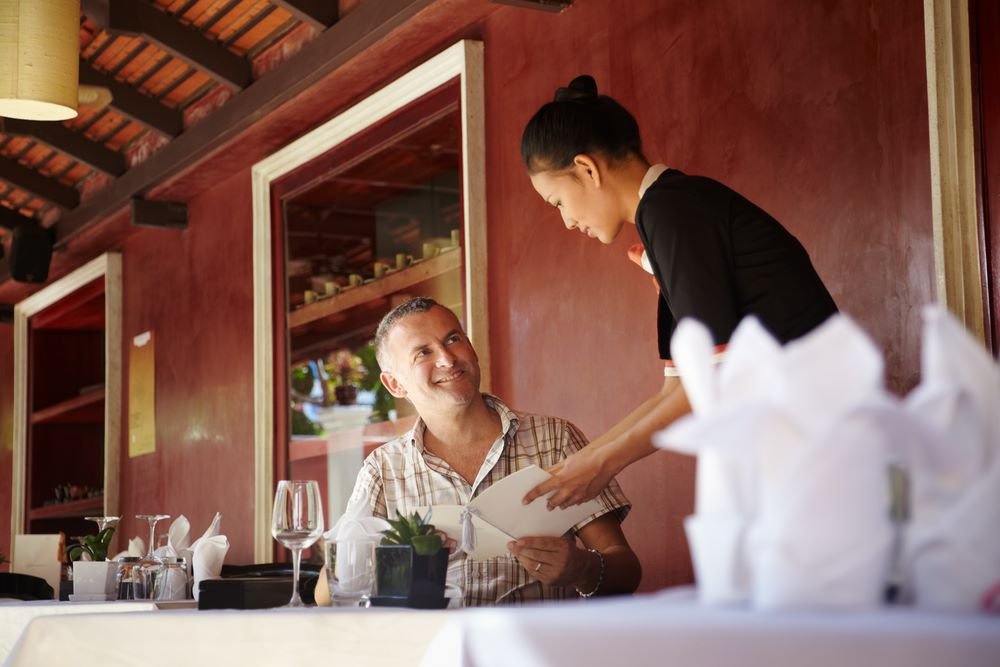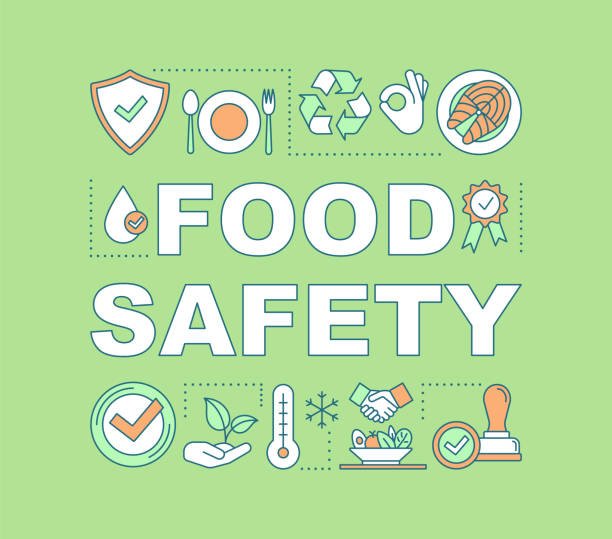Best time to visit China
Cherry Blossoms, Wuhan University The best time to visit China is during spring or fall, when the country experiences warm and dry weather. However, China’s diverse landscapes – from rugged mountain interiors like Emei Shan to glittering coastal cities like Shanghai – mean the optimal visiting time depends on your specific destinations and travel preferences. Top Articles China Visa Essential Apps for Traveling in China Smart Shopping Guide: How to Find the Best Discounts and Deals in China Using the Internet in China (the Way You’re Used To) How do I get a Chinese phone card? How to pay easily in China? Transportation Guide for traveling in China. Which navigation app should I use when traveling in China? Regional Guide Southern China Destinations: Guilin, Yangshuo, Hong Kong, Longji, Guangzhou, Shenzhen Best Time: Late autumn (September-November) Weather: Mild temperatures around 68°F, less rain than humid summer months Benefits: Perfect for outdoor activities without overheating Pro Tip: November offers tolerable weather with fewer tourists, though mornings and nights can be chilly Chinese Interior & Northern Regions Destinations: Xi’an, Turpan, Zhangye, Beijing, Great Wall, Mt Qingcheng, Chengdu, Changping Best Time: Late spring to early summer (May-June) Weather: Temperatures around 73°F, dust storms have settled Special Note: Mountain regions like Emei Shan will be about 41°F cooler than other interior areas Coastal Regions Destinations: Shanghai, Xitang, Guangzhou, Kaiping Best Time: Early spring, late summer, fall, and early winter Weather Challenges: Monsoons hit hard during late spring/early summer with heavy rainfall Winter Option: November-December offers manageable 48°F temperatures with thin crowds Month-by-Month Guide January Best For: Skiing, snowboarding, Harbin Ice Festival Weather: Coldest month, temperatures drop to 16°F in northern regions Popular Destinations: Beijing and Harbin ski resorts February Best For: Lantern Festival, Chinese New Year celebrations, blossoming flowers Weather: Cold and snowy, still suitable for winter sports Special Events: Chinese New Year (late January/early February dates vary) March Best For: Blossoming flowers, visiting “South of the Yangtze River” cities Weather: First month of spring, warming temperatures, longer daylight Destinations: Guilin, Shanghai, Yangzhou April Best For: Hiking, cycling, walking through gardens Weather: Spring in full force, around 68°F average, some rainfall expected Pack: Wet weather clothing recommended May Best For: Kayaking, local markets, sightseeing Weather: Last month of spring, peak weather conditions Activities: Ideal for hiking, kayaking, day trips to different provinces June Best For: Dragon Boat Festival, summer solstice celebrations, street food Weather: Summer begins, crowded tourist season Planning Note: Book accommodation and flights well in advance due to higher prices and lower availability July Best For: Yangtze River cruising, chasing waterfalls, Fishing Festival Weather: Very hot and humid, temperatures can exceed 86°F Cooling Activities: Stick to coastal regions, river cruising, waterfall visits August Best For: Beach activities in Qingdao/Xiamen/Dalian, exploring Beijing and Shanghai Weather: Hottest month, temperatures around 90°F Heat Relief: Coastal beaches, water parks, river cruises, rooftop bars September Best For: Mid-Autumn Festival, iconic attractions, Yuanyang terraced fields Weather: Fewer crowds as summer transitions to fall Advantages: Better time to visit Great Wall and Temple of Heaven November Best For: Ancient cities, bird watching, national park trekking Weather: Cooler weather, changing autumn colors Destinations: Yunnan province, Jiuzhaigou National Park, Zhangjiajie National Forest Park October Best For: Museums, winter solstice celebrations, Christmas markets Weather: Snow begins in some regions, festive atmosphere Activities: Skiing, snowboarding, hot springs, exploring frozen landscapes in Chengdu and Mt. Changbaishan December Crowd Avoidance: Late autumn and early winter generally have fewer tourists Weather Preparation: Pack appropriate clothing for temperature variations, especially in mountainous regions Festival Timing: Consider Chinese holidays and festivals when planning, as they can affect crowds and pricing

.jpg)

